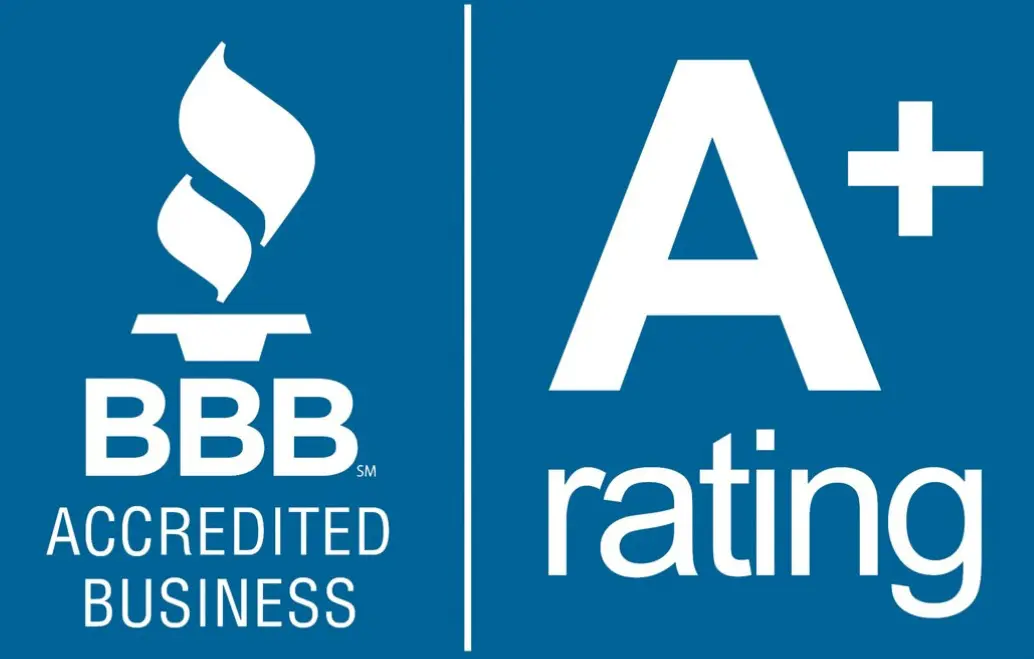The Indispensable Employee Handbook

An employee handbook is considered one of the most important, if not, the most important document for human resources and businesses alike. The reason why every company doesn’t have one, however, comes down to the amount of work involved in creating it. Time is a huge factor. The research behind documenting workplace policies and procedures plays into the consideration to write, or not to write, a handbook. Questions I’ve been asked over the years from employers are – How do I get started? Do I really need an employee handbook? What should be included? Is an employee handbook considered a legal document? Will my employees consider this too punitive?
An employee handbook not only explains guidelines and procedures that employees are expected to follow, but in most cases, you can also find information on the company’s history, mission, benefits, and values. For new employees, an employee handbook gives them a “roadmap” to working at the company as well as outlines their rights as employees. For the employer, it can help establish performance expectations, set workplace practices, and protect against employee lawsuits. [Read on for benefits of an employee handbook and what to consider as highlighted from our previous blog]
Benefits of an Employee Handbook
The benefits of having an employee handbook are endless. Aside from setting clear expectations for everyone involved, it can be a great reference point for any conflict down the road, thus eliminating confusion and disagreement. An employee handbook also allows you to welcome new employees and share with them your values and other key company information.
When written in a concise and professional manner, an employee handbook can be a valuable business tool. Avoid coming across as overly rigid or strict with a book full of “can’t do’s”. Instead, keep the tone positive, understanding that the information can help promote open communication and conflict prevention.
What to Consider
Writing your handbook may take time and patience. But it can be done! There are usually three main target points in an employee handbook – what employees can expect of their employers (benefits, fair compensation, safe work setting, highlight of employee’s rights), what employers can expect of their employees (acceptable work performance, adherence to company rules and regulations), and what both parties can expect working together (living the company values, fulfilling each role to ensure the company’s success). Most employee handbooks are organized by sections for ease of following its content. Topics may vary but capturing important federal, state and/or local laws are important to include. Other topics may include:
- Welcome messages from company President /CEO
- Anti-harassment and non-discrimination policies
- Code of business conduct
- Dress standards
- Communications policy /Open door policy
- Compensation guidelines
- Job classifications
- Performance review process
- Internet usage policy
- Performance Improvement Plan
- New hire and separation procedures
With new employment laws and regulations going into effect at the beginning of the year, now is a good time to reflect these changes, where applicable, in your employee handbook. Let your employees know if you’ve changed anything or added anything new! Do you still feel like you could use some guidance when it comes to developing a handbook? Contact Cisso Bean & Dutch today! We’re here and ready to help.

